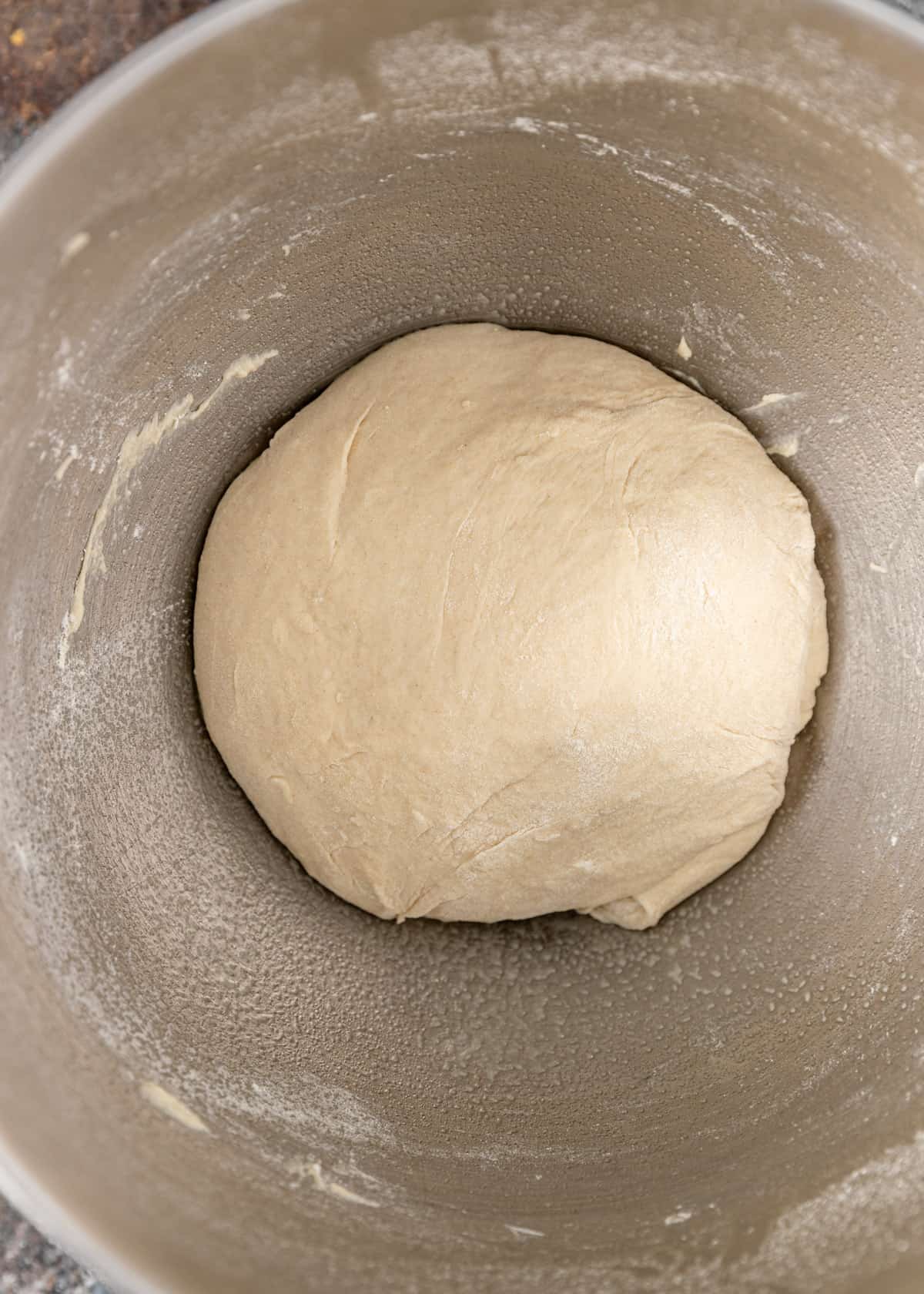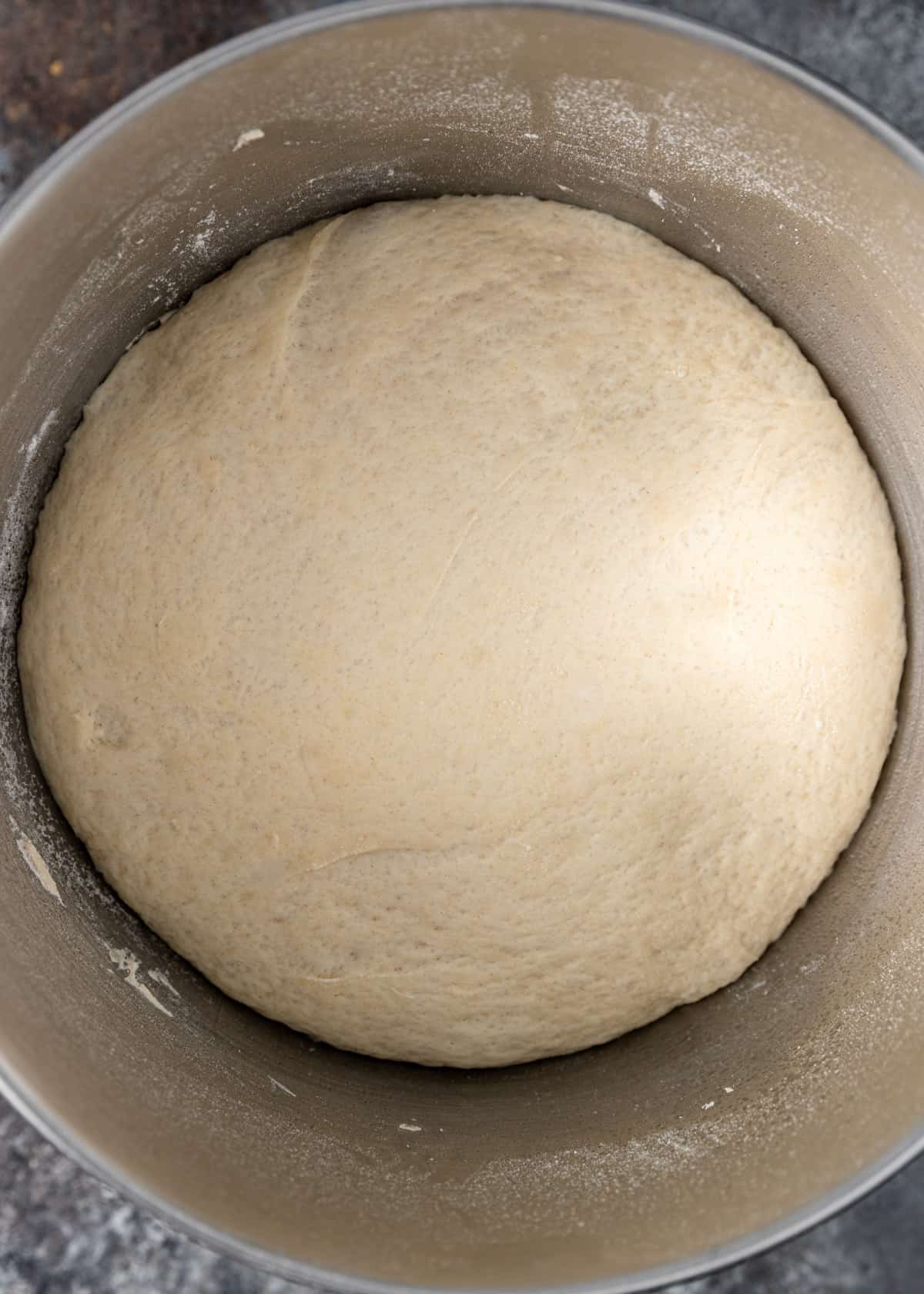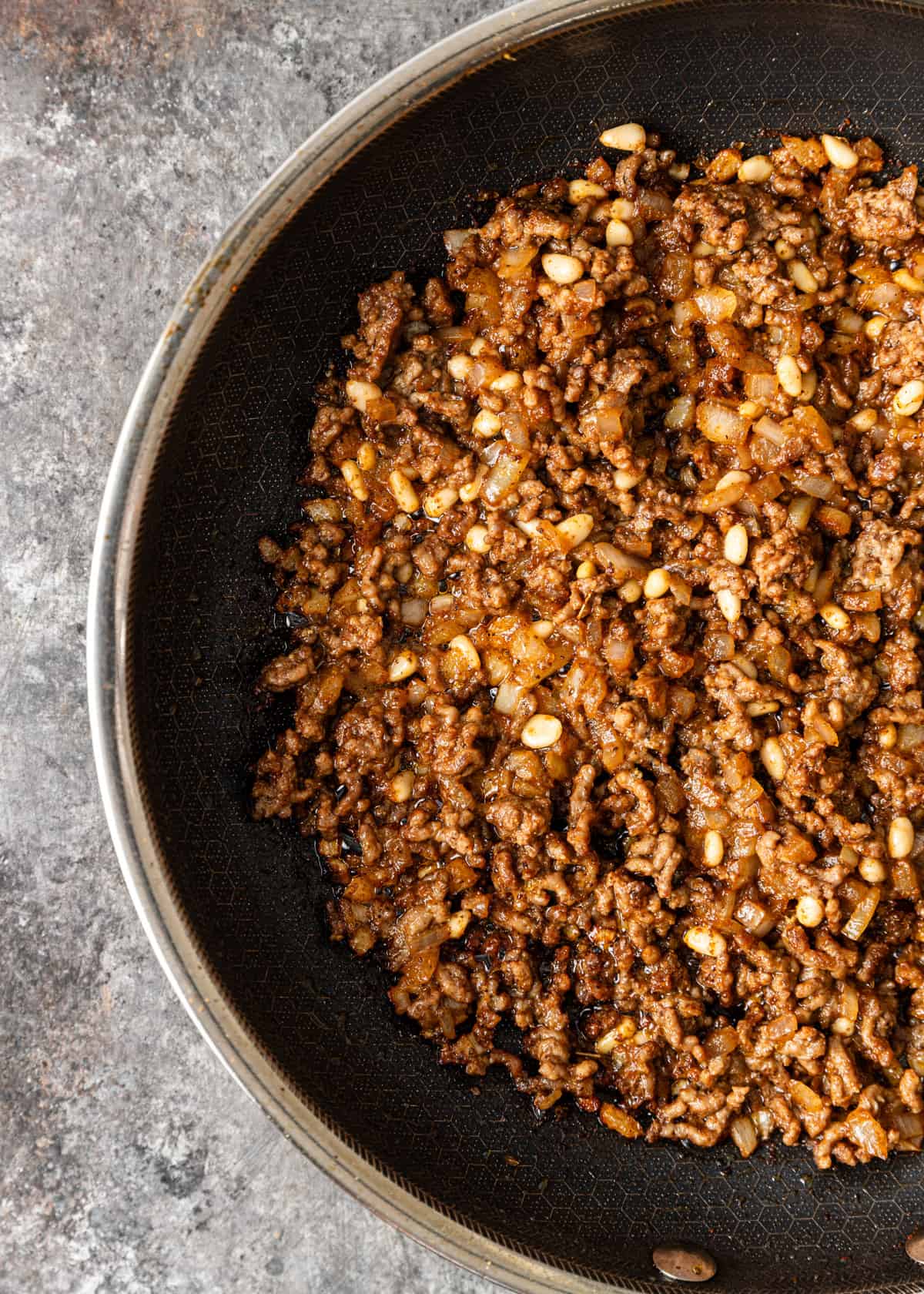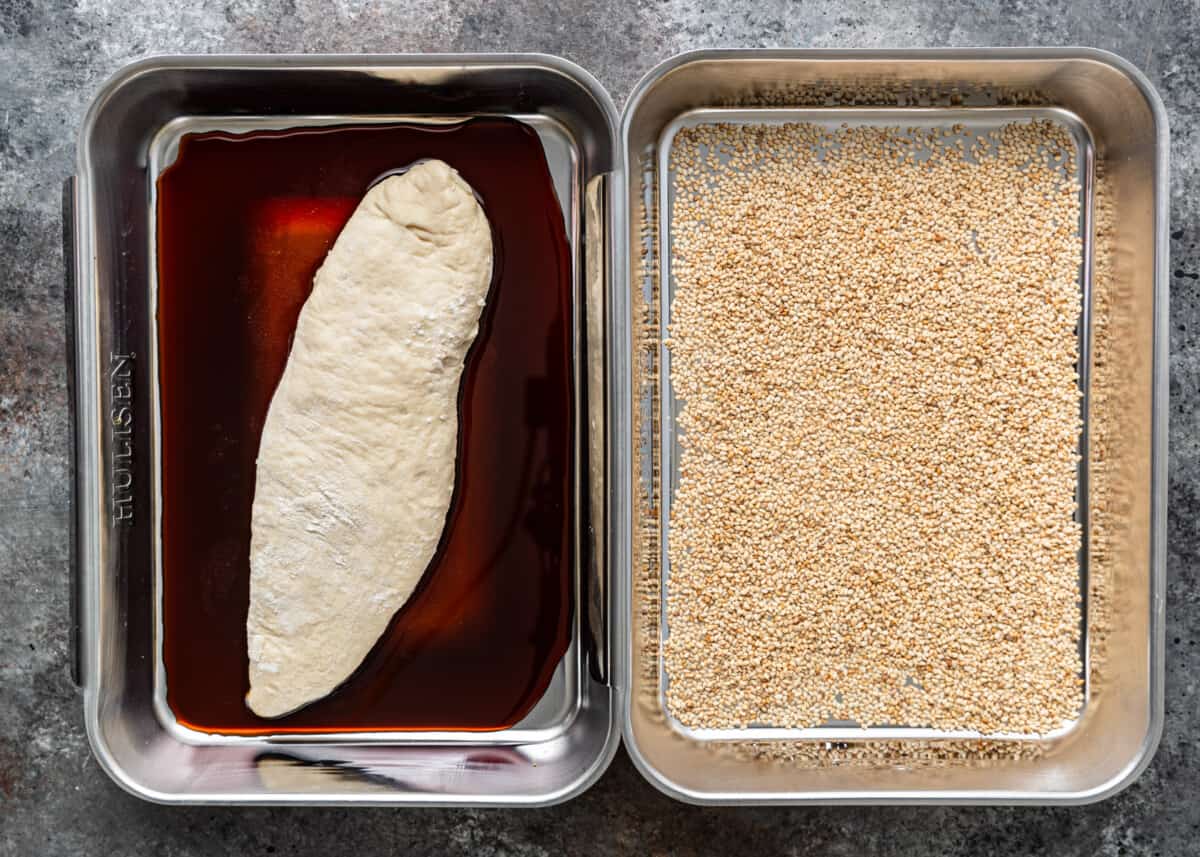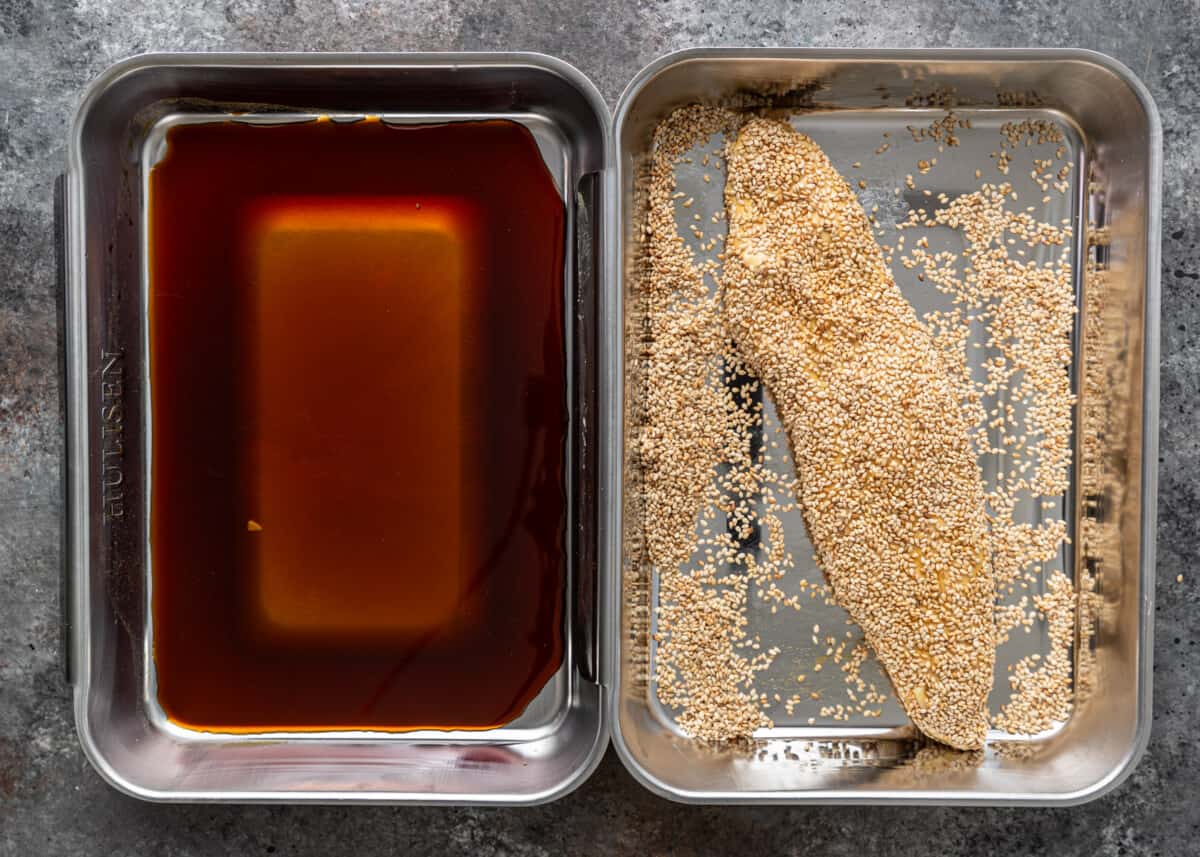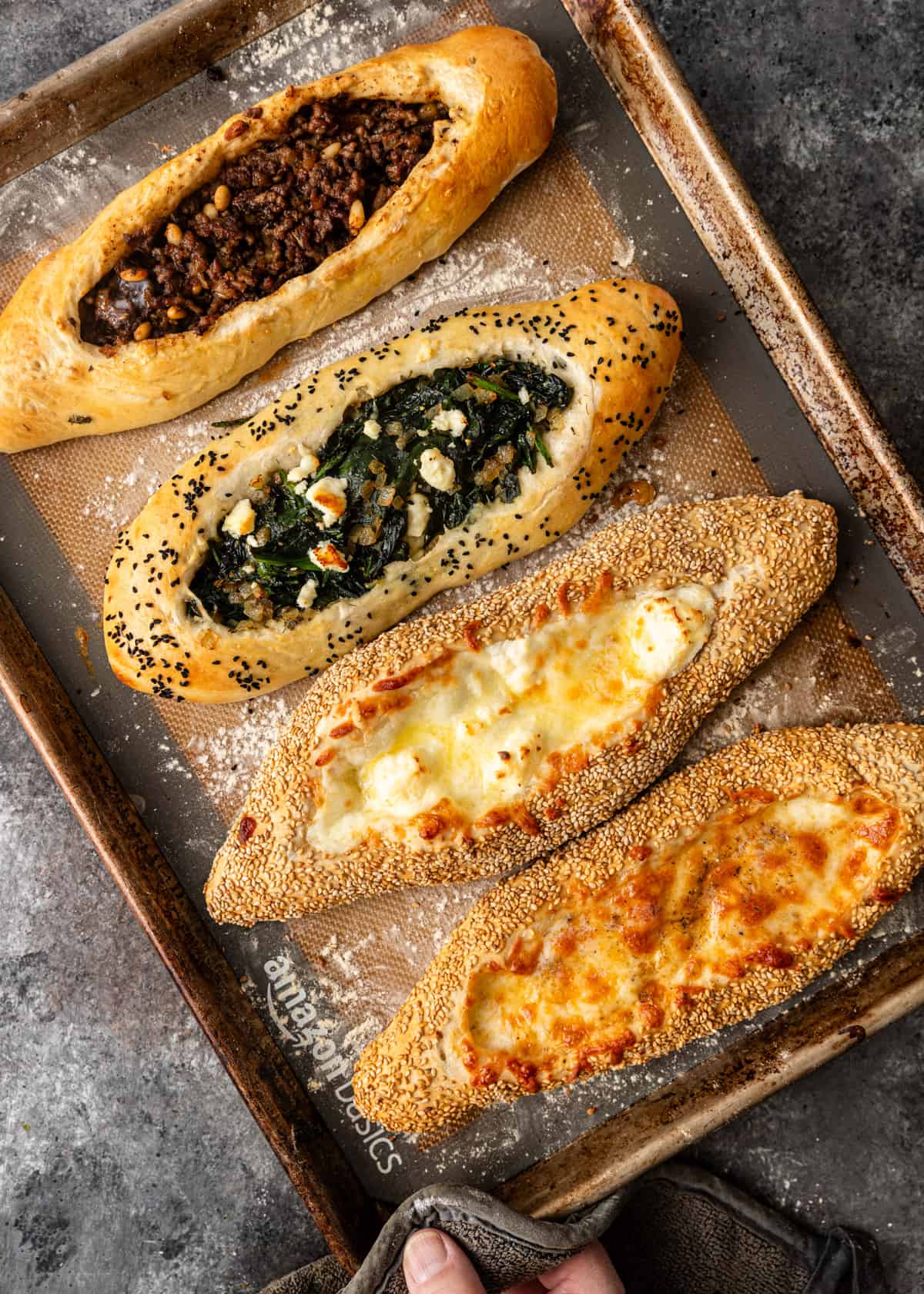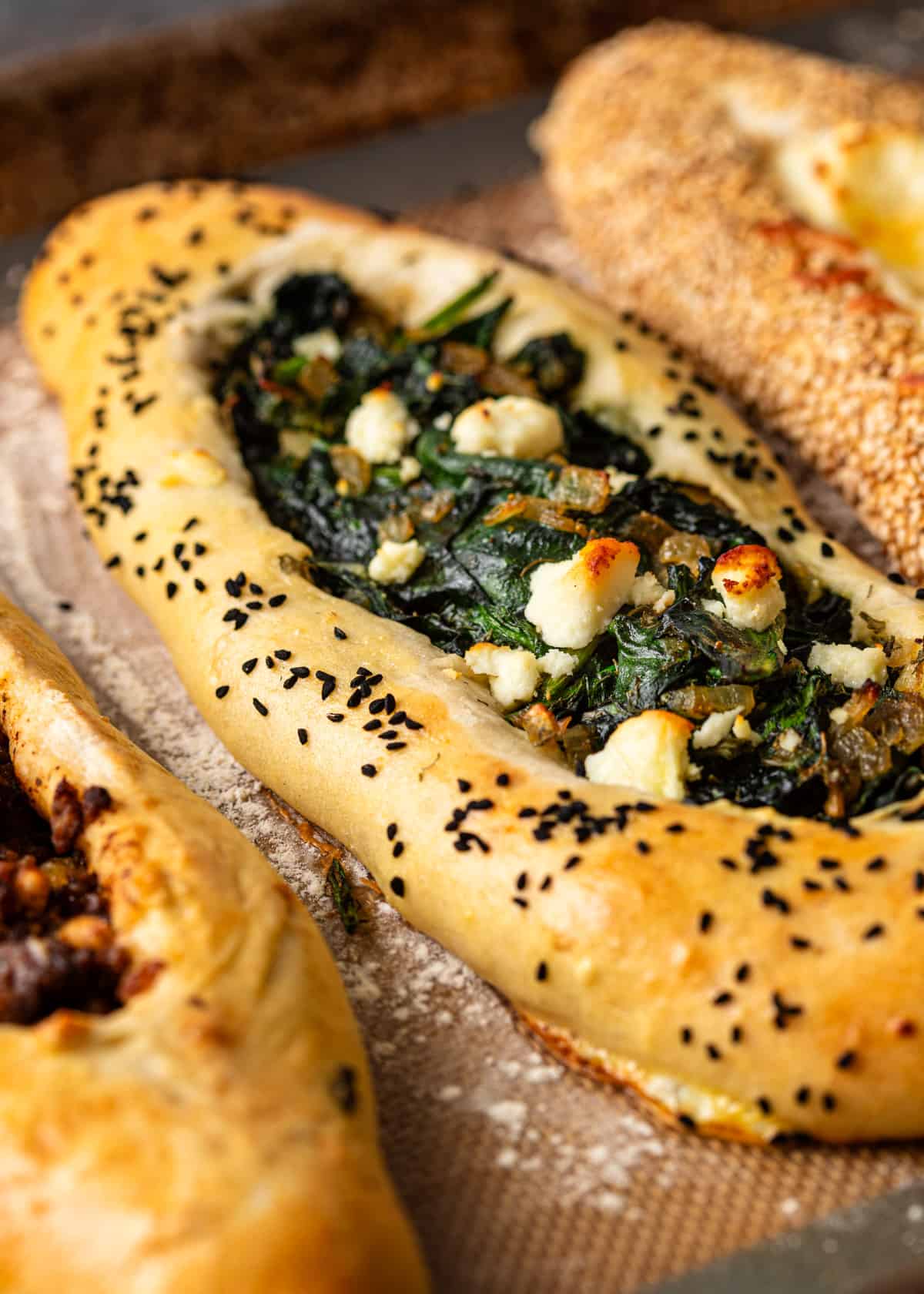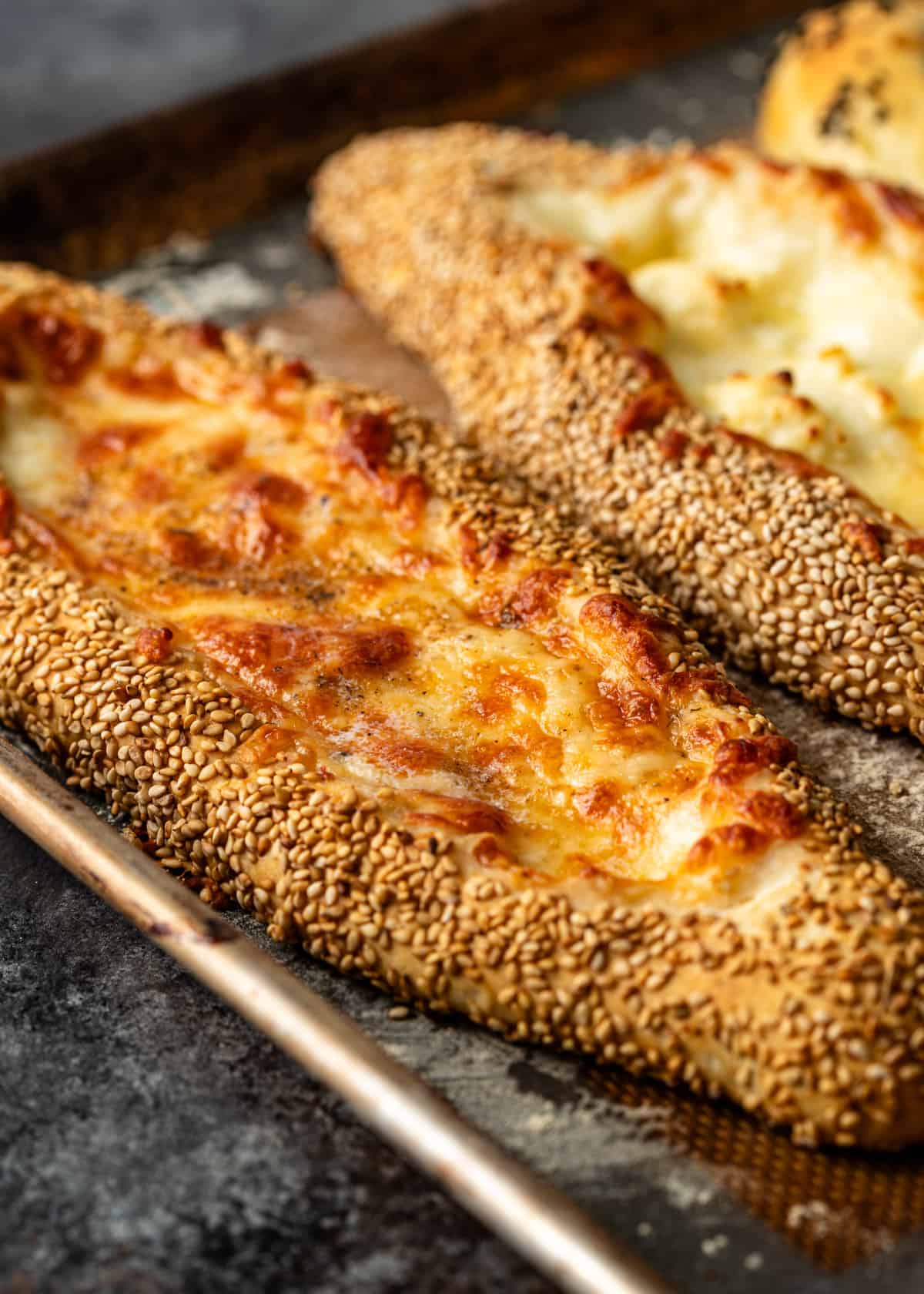published Apr 08, 2024 Is there anything more satisfying than fluffy, delicious dough stuffed with cheese, meats, and veggies? Every country has its iteration, and my favorite might just be Turkish pide! It’s different from Ramadan pide, or Ramazan pidesi, which is a rounded flatbread only made during Ramadan. A bonus to Turkish pide is that it’s as portable as it is tasty! I first had this Turkish street food in Istanbul and later in Izmir, like stuffed Turkish gozleme. More of a thin crust fan? Turn to Lahmacun, another, crispier kind of Turkish pizza. However, don’t be confused that this is lahmacun! The difference between pide and lahmacun, another Turkish national favorite, is that Lahmacun (also a flat bread) has a savory ground meat topping, but it is thinner and in round shape. I like to top it with piyaz salad like I had in the port city of Çanakkale, and roll it like a wrap to eat lahmacun. Pide is oval in shape, has a thicker dough and is typically served in slices. For help with shaping and slicing, check out the video! In the recipe card, I include instructions on how to make this pide recipe with a variety of other fillings. In this post, I go in-depth on the most popular option, which is the same as America’s favorite pizza topping — cheese! I decided to experiment and make the outer crust like Simit and it is fantastic! While the dough rises I make my optional filling. Besides the delicious cheese version, you can make a spinach version as well as a ground meat one.
Recommended Tools
Baking Tray & Parchment Paper – Not all parchment paper is rated safe for use up to 450 degrees F. Make sure yours is. Sharp Knife – Perhaps the trickiest part of this pide recipe is slicing along the length of the dough and exposing the cheesy filling. The best way to do that is with a good, sharp knife.
Storing and Reheating
Pide is best enjoyed within 3 days. Leftovers must be refrigerated. Reheat in the oven at a lower temperature, around 300 degrees F, until the center is warm and bubbly. Powdered milk adds richness and flavor to baked goods while also promoting a tender crumb. Its proteins contribute to browning and moisture retention. Dough conditioners, typically containing ingredients like ascorbic acid, enzymes, emulsifiers, and vital wheat gluten, enhance dough elasticity, texture, and volume. They improve gluten development, resulting in better dough handling, uniform rise, and softer finished products. Dough conditioners also help maintain freshness and extend shelf life by stabilizing the dough structure.
Dough – Water, sugar, instant yeast, all-purpose flour, and kosher salt. It couldn’t be easier! Dough Conditioner -See my note above! By adding a dough conditioner or powdered milk to the dough, it will retain more moisture and come out fluffier! Coating – There are two possible coatings for pide: Pomegranate Molasses – This is a common Middle Eastern ingredient that’s more tangy than sweet. Thick and syrupy, it needs to be watered down a bit. Egg & Olive Oil – A simple yet guaranteed way to get a golden crust. Cheese Filling – Whip up the following ingredients for a spicy, creamy Turkish pizza filling (see the recipe card for all filling options): Turkish Kasar Cheese – The most popular cheese in Turkey. It’s like a less creamy mozzarella — which is a great substitute! Cream Cheese – To add a bit of bubbly creaminess. Substitute with feta or goat’s cheese for a bolder, more savory center. Green & Red Hot Chiles – What’s life without a bit of spice? Feel free to substitute with a different, milder pepper if preferred. Turkish Spice Blend – Adding spice to the filling isn’t necessary, but a great opportunity to infuse it with authentic Turkish flavors.
Love this recipe? Share it with the world on Pinterest.



